Tokyo-based architect Yuko Nagayama believes that architecture should generate innovative and conceptual daily design experiences. Joanna Kawecki finds out more.

June 1st, 2016
Ambiguous and undefinable are perhaps the best adjectives to describe Tokyo-based architect Yuko Nagayama and her architecture firm. Unsatisfied with architecture simply as spaces for occupation, Nagayama aims to create innovative experiences through her work.
Nagayama places strong emphasis on understanding the cultural and societal environment that surrounds an area. She incorporates conceptual elements such as ‘light and gravity’ to maintain a universal approach and avoids design trends. “Great design does not rely simply on beauty, but provides awareness to those who experience it,” she says.
Despite her young age, Nagayama has a stellar portfolio. She is 41 this year and has already designed the Louis Vuitton boutique in Kyoto, as well as the renowned traditional kissaten (Japanese café) Kayaba located in Tokyo’s Yanaka district. Of note is her design of the Teshima Yokoo House, a small-scale museum dedicated to the works of Japanese artist Tadanori Yokoo. Located on Teshima Island, the space is an example of architecture complementing a new experience with art.
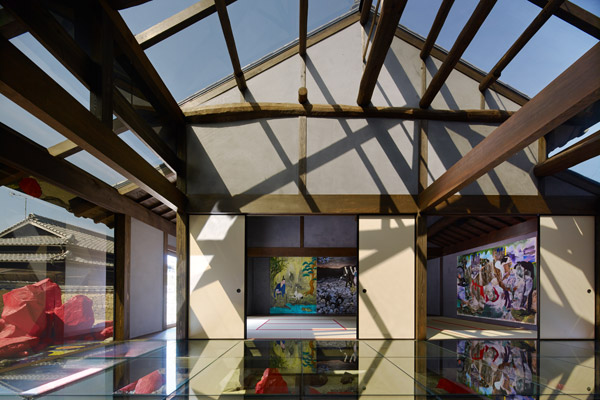
Teshima Yokoo House. Photography by Daici Ano
During her time at Showa Women’s University, there was a big focus on Dutch and Swiss architecture. Nagayama was particularly influenced by the projects of firms such as OMA by Rem Koolhaas and Herzog & de Meuron. Shortly after graduating, Nagayama worked under Japanese architect Jun Aoki before starting her own architecture firm four years later.
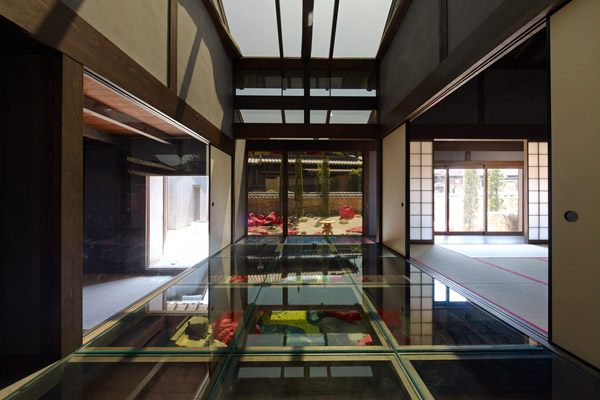
Teshima Yokoo House. Photography by Daici Ano
Nagayama’s office, located in central Tokyo, has a global perspective that is pivotal to the practice. With upcoming projects in Tokyo and Paris, she explains the importance of “being centrally located [in Tokyo] and accessible to any other city in Japan, yet importantly, providing invaluable connections to the world.” We catch up with her to find out more about her work.
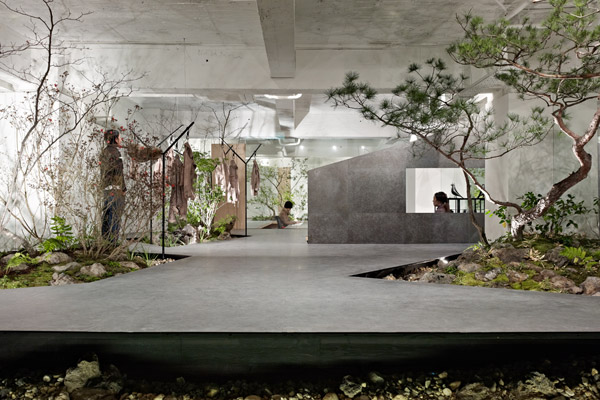
Sisii store. Photography by Daici Ano
What is a main priority for you when designing?
Firstly, I focus on researching the context of the client’s request, and then identify the social and local community cityscape to strengthen the project’s vision.
How has Japan’s architectural landscape changed over the years?
During my time in college, I often saw experimental architecture and design concepts in Japan, whereas today, the economic conditions are changing. As architects, we need to create a new plan that presents examples of new worth to society, even in the current economic situation. Now, suburbs and countrysides are rapidly declining in population, and I hope that new architecture will open up new bustling communities.
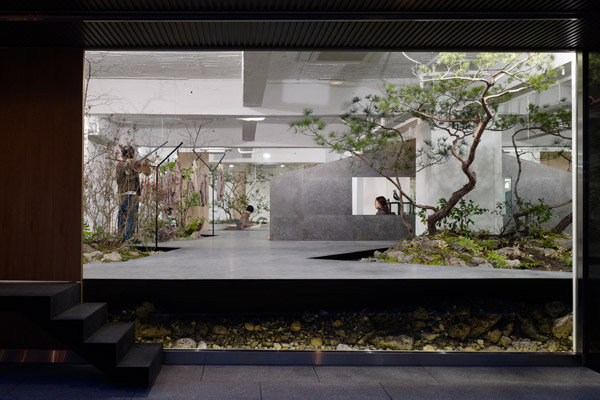
Sisii store. Photography by Daici Ano
How important were your years of working with Jun Aoki?
He was my role model as an architect. Experiencing his consideration for construction, design process, business attitude, and staff relationships informed my business style.
What does great architecture mean to you?
Great design does not rely simply on beauty, but provides awareness to those who experience it.

Sisii store. Photography by Daici Ano
How did you approach the design of the Teshima Yokoo House for artist Tadanori Yokoo and his work?
Tadanori Yokoo is a well known and celebrated artist, whom I met through his representing gallery, SCAI THE BATHHOUSE. Tadanori Yokoo already has two other museums. As his third museum, Teshima Yokoo House sets a new concept to be more experiential. Inspired by the symbolic red colour and collage expressions in his artworks, we used red coloured glass, which makes his transparent red art piece invisible, whilst glass structure reflections create the collage.
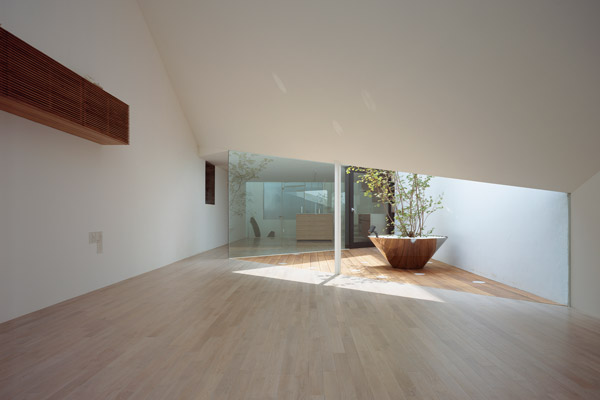
A Hill On A House. Photography by Daici Ano
Photography plays an important part in presenting architecture and space when it cannot be physically experienced. How important is photography in presenting your work?
Photography is a second expression of architecture. Most people approach architecture through a photograph in a magazine or website, so it is important for me to request that the photographer has the correct understanding of architecture and the concept behind it. Additionally, we also need a photographer who can see architecture from the position of a visitor. The photographer’s perspective is paramount.
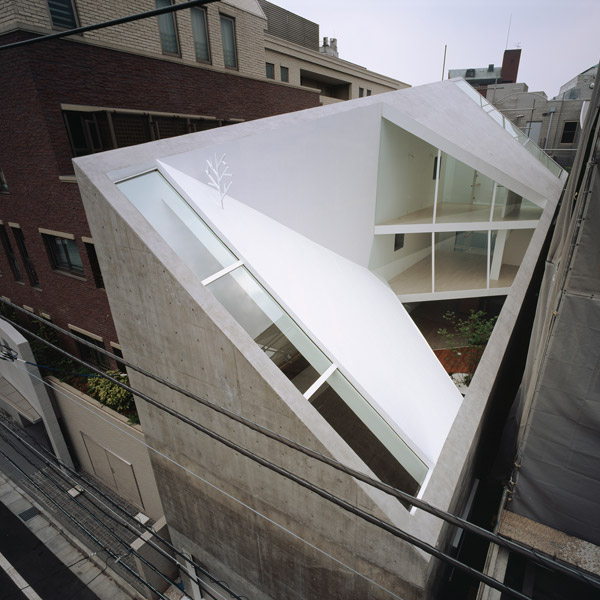
A Hill On A House. Photography by Daici Ano
What should young architects know today?
They should be particularly conscious to what society and its residents are requesting in architecture. It is important to propose not only new designs, but include renovations of existing structures to create better spaces for new usages.

A Hill On A House. Photography by Daici Ano
What current projects are you working on?
I am designing a multipurpose hall, which is currently under construction in the woods located in the Yamanashi Prefecture. This building includes a 700-person capacity hall, a 300-person capacity meeting room and café space, totalling 5000 metre-square in total – the biggest ongoing project in my office now.
Yuko Nagayama & Associates
yukonagayama.co.jp
A searchable and comprehensive guide for specifying leading products and their suppliers
Keep up to date with the latest and greatest from our industry BFF's!

Savage Design’s approach to understanding the relationship between design concepts and user experience, particularly with metalwork, transcends traditional boundaries, blending timeless craftsmanship with digital innovation to create enduring elegance in objects, furnishings, and door furniture.

Create a configuration to suit your needs with this curved collection.

Sub-Zero and Wolf’s prestigious Kitchen Design Contest (KDC) has celebrated the very best in kitchen innovation and aesthetics for three decades now. Recognising premier kitchen design professionals from around the globe, the KDC facilitates innovation, style and functionality that pushes boundaries.
The internet never sleeps! Here's the stuff you might have missed

Swiss home appliance designer and manufacturer V-ZUG’s first Sydney studio is a unified expression of the brand’s boutique, sustainable and design-led identity.

Elevate your experience with Saturday Indesign’s VIP Studio Bus Tours.